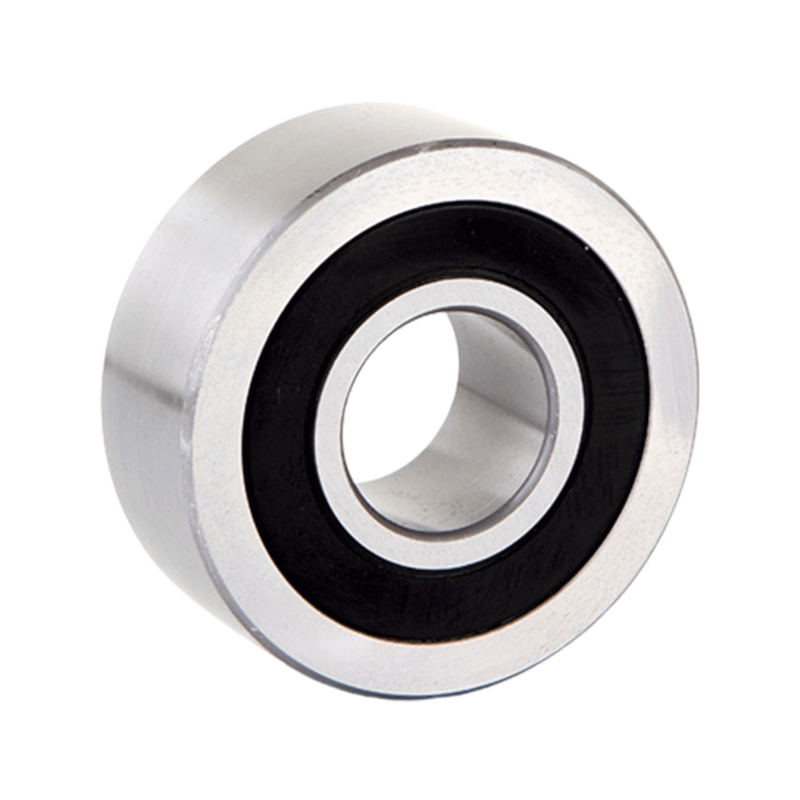Reduced Axial Play: Bearing preload in double row cam rollers eliminates axial play, which refers to the clearance or movement between the rolling elements (balls or rollers) and the raceways (inner and outer rings). This absence of play ensures that there is minimal internal movement within the bearing during operation. As a result, the bearing maintains precise alignment and positional stability under varying loads and operational conditions. This reduction in axial play is crucial for applications where accurate positioning, minimal deflection, and smooth operation are required, such as in precision machinery, robotics, and high-speed equipment.
Improved Rigidity: Preload enhances the rigidity of double row cam rollers by minimizing elastic deformation and internal clearances. Rigidity refers to the bearing's ability to resist deformation and maintain its shape under load. With preload applied, the rolling elements are in constant contact with the raceways, distributing loads more evenly and efficiently. This improved rigidity allows the bearing to withstand higher axial and radial loads without significant deflection or loss of accuracy, making it suitable for applications where stability and precision are critical, such as in machine tools and industrial automation.
Increased Accuracy: Bearing preload ensures consistent contact and uniform load distribution between the rolling elements and raceways. This uniformity improves the bearing's rotational accuracy, minimizing variations in operational performance such as runout or eccentricity. As a result, preload contributes to smoother operation, reduced vibration, and enhanced positional accuracy in machinery. These characteristics are particularly beneficial in applications where precise alignment and motion control are essential, such as in semiconductor manufacturing equipment and optical systems.
Enhanced Stiffness: The application of preload increases the stiffness of double row cam rollers, which refers to the bearing's resistance to deformation under load. Stiffness is crucial for maintaining dimensional stability and preventing excessive deflection or misalignment. By minimizing internal clearances and optimizing contact between components, preload enhances the bearing's ability to support heavy loads and resist external forces, including impacts and vibrations. This stiffness is advantageous in applications where structural integrity and operational reliability are paramount, such as in aerospace components and automotive drivetrains.
Impact on Temperature: Properly applied preload helps to distribute heat evenly across the bearing surfaces. This even distribution of thermal energy reduces localized overheating and ensures consistent operating temperatures throughout the bearing assembly. By minimizing temperature gradients and thermal expansion differences, preload contributes to improved thermal stability and reliability of double row cam rollers. This thermal management is critical in applications exposed to fluctuating operating conditions or high-speed rotational environments, where temperature control is essential to prevent premature wear and maintain performance.
Dynamic Performance: Bearings with preload exhibit superior dynamic performance characteristics, including responsiveness to changes in load and speed. Preload optimizes the bearing's ability to accommodate variations in operating conditions by maintaining optimal contact between the rolling elements and raceways. This responsiveness improves the bearing's ability to handle dynamic loads, rapid accelerations, and decelerations without compromising performance or durability. As a result, preload enhances the operational efficiency and reliability of double row cam rollers in dynamic applications such as conveyor systems, packaging machinery, and agricultural equipment.



 English
English Deutsch
Deutsch























